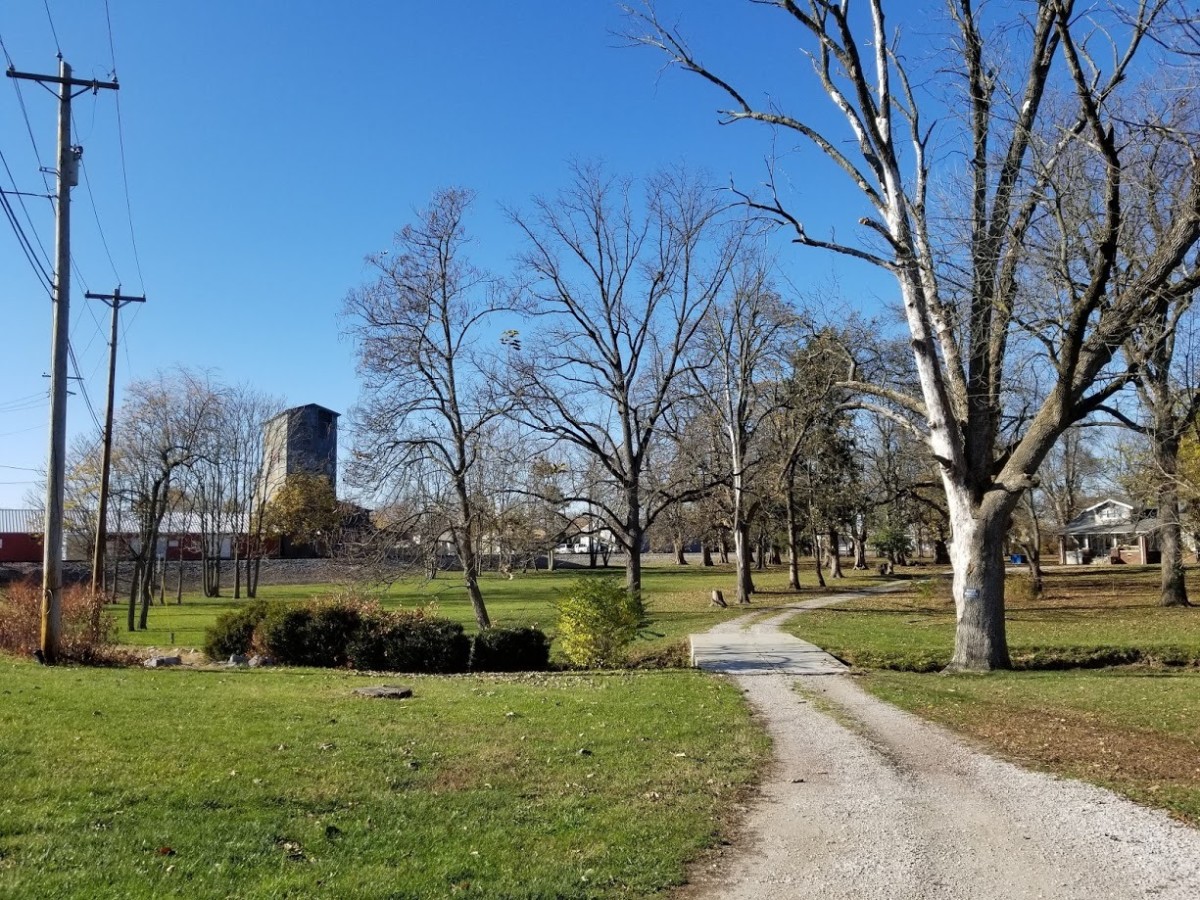A relic to Greenwood’s agricultural past went down in flames this week.
The long-abandoned Farm Bureau Co-op grain elevator on East Main Street burned down late Tuesday afternoon, and damaged surrounding buildings along with it. The cause of the fire was still under investigation Thursday.
From the moment news broke of the building’s demise, community members flocked to social media, saddened to see what was widely considered an important piece in Greenwood’s history go.
<a href="http://www.dailyjournal.net/wp-content/files/sites/9/2021/04/9d71d86d64b90025106a3adec13ce68f-2.jpg"><img class="size-medium wp-image-1625153" src="http://www.dailyjournal.net/wp-content/files/sites/9/2021/04/9d71d86d64b90025106a3adec13ce68f-2-300×200.jpg" alt="The abandoned Farm Bureau Co-op building in downtown Greenwood burned down late Tuesday afternoon. Submitted photo" width="300" height="200" /></a> The abandoned Farm Bureau Co-op building in downtown Greenwood burned down late Tuesday afternoon. Submitted photo<strong>A fiery past in a booming agriculture economy</strong>
The building’s history dates back to the City of Greenwood’s founding in the 1820s, and it was a staple for two centuries of Johnson County’s booming agriculture economy.
Grafton Johnson, one of the wealthiest Johnson County residents at the time, built the grain elevator sometime in the early 1800s, said Brad Nemeth, president of Restore Old Town Greenwood, a preservation organization. Johnson operated the elevator well into the 1880s, according to an article published in June 1880 in the "Greenwood Gossip" section of the Edinburgh Daily Courier that described Johnson’s efforts on "much needed" repairs to his grainery.
Tuesday’s fire was not the first for the historic building. It burned down at least two other times, Nemeth said. The first elevator went up in flames in 1909, along with two barns. No cause was determined, but it was likely arson, according to an article published at the time in The Indianapolis News. The building was operated by C.B. Cook and Sons then. Crime was rampant at the time in the city, so arson was not that uncommon. Several reported crimes had taken place in Grafton Johnson’s general store, and there was an incident in which his son, Grafton Peak, shot robbers in the streets of the city, he said.
The elevator was rebuilt in 1909, and purchased by Suckow Milling Company in 1918, where it operated for about 40 years before catching fire again in March 1952. Greenwood, Franklin and Whiteland fire departments worked through the night to put out that fire, which started in the early morning, according to an article in The Franklin Evening Star.
Devastating fires were common during those times in history due to the lack of safety procedures and technology, Nemeth said. Other Greenwood historical fires include the 1914 Greenwood Sanitarium fire, the 1940s Greenwood High School fire and the 1970s fire at the old Isom Elementary School.
"We’ve unfortunately had a lot of bad instances of fire," Nemeth said.
After that second fire, the grain elevator was rebuilt again. It operated under Suckow until 1957, when it was sold to the Johnson County Farm Bureau Co-op. The agriculture business in the county continued to operate the building for the next couple decades. The Farm Bureau Co-op was "big business" in the county, generating more than $4.3 million in 1965, according to a 1966 article in the Daily Journal.
<a href="http://www.dailyjournal.net/wp-content/files/sites/9/2021/04/608af76e9ec67.image_.png"><img class="size-medium wp-image-1625765" src="http://www.dailyjournal.net/wp-content/files/sites/9/2021/04/608af76e9ec67.image_-300×238.png" alt="A photo of the managers of the Greenwood Farm Bureau Co-op from the Daily Journal in 1966. " width="300" height="238" /></a> A photo of the managers of the Greenwood Farm Bureau Co-op from the Daily Journal in 1966.<strong>Abandoned for decades, center of city controversies</strong>
The Greenwood grain elevator ceased operations in 1983, Nemeth said. It then sat abandoned for more than a decade before it became the center of discussions among Greenwood city officials who wanted to do something with the property.
First, in the late 1990s, the city went to "considerable lengths" to try and tear down the now-rusted building and turn the lot into a park, according to a 2002 editorial published in the Daily Journal. Those efforts eventually fizzled out.
In 2002, then-Greenwood mayor Charles Henderson wanted to tear it down and build a new three-story, $19 million city hall in its place. He faced backlash from the community, and residents rallied to petition the city council to not approve bonds for the project, according to the 2002 editorial.
The Daily Journal took a side on the issue, writing that the "metallic eyesore" needed to go one way or another.
Ultimately, plans for the new city hall fell through. Greenwood did get a new city hall about 10 years later, when it bought the Presnell office building and converted it into the current City Center on Madison Avenue.
There were other plans for restoration of the grain elevator over the years, including transforming it into a park with a climbing wall in 2005. The city applied for a grant to restore the building in 2009, when it was deemed a "safety hazard" due to shards of rusted metal that were falling off the unkempt building, according to an article published in the Daily Journal at the time. But nothing came of either of those.
"It’s kind of amazing it has sat empty and no one has done anything with it," Nemeth said.
Before its fiery demise Tuesday, the abandoned grain elevator was a popular spot for photos.
"When I was over there, I found myself stopping to take photos of it. I don’t know why," Nemeth said. "I think maybe it’s because its so tall. I don’t know, people have an affinity for it."





